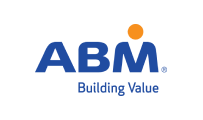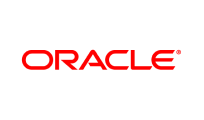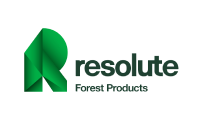California’s Climate Corporate Data Accountability Act (SB 253) is reshaping corporate climate disclosure in the United States. Starting in 2026, large companies operating in California will be required to report Scope 1, 2, and 3 emissions, aligning with global transparency standards. For most organizations, Scope 3 emissions, which cover the value chain from suppliers to product use, represent the largest and most complex share of their carbon footprint.
A critical first step in compliance is creating a credible baseline for Scope 3 emissions. Without this foundation, companies risk misreporting, regulatory scrutiny, or greenwashing accusations.
Why Scope 3 Is Central to SB 253
Unlike Scope 1 and 2 emissions, which companies can measure directly through operations and energy use, Scope 3 includes indirect emissions across 15 categories defined by the GHG Protocol. These range from purchased goods and services to business travel, transportation, waste, and even the downstream use of sold products.
California lawmakers designed SB 253 to ensure corporate climate accountability reflects the entire value chain, not just in-house operations. This mirrors international frameworks such as the European Sustainability Reporting Standards (ESRS) and the Science Based Targets initiative (SBTi), both of which emphasize Scope 3 reporting as essential for science-aligned decarbonization.
The Challenges of Scope 3 Baselines
Building a credible Scope 3 baseline is challenging because it requires data collection from outside the company’s direct control. Common obstacles include:
-
Data gaps: Suppliers may lack the systems to measure or report emissions.
-
Inconsistent methodologies: Different suppliers and partners may use varying calculation methods.
-
Limited transparency: Small or international suppliers may be reluctant to share sensitive information.
-
Dynamic value chains: Mergers, new suppliers, and shifting consumer behavior complicate year-over-year consistency.
Despite these hurdles, companies must establish a baseline that is transparent, defensible, and auditable.
Steps to Create a Credible Scope 3 Baseline
1. Define Boundaries and Prioritize Categories
Begin with a materiality assessment to identify which Scope 3 categories are most relevant. For example, a retail company may focus on purchased goods, while a tech company may emphasize product use-phase emissions.
2. Align with Established Standards
Use frameworks like the GHG Protocol Corporate Value Chain Standard and reporting systems such as CDP. Alignment ensures comparability and reduces the risk of regulatory pushback.
3. Collect Primary Data Where Possible
Engage key suppliers to collect actual emissions data instead of relying solely on averages or proxies. Start with Tier 1 suppliers and expand over time. Supplier training and incentives can improve accuracy.
4. Use Secondary Data Wisely
For categories where primary data is unavailable, use high-quality emission factors from sources like EPA’s Emission Factors Hub or industry databases. Always disclose assumptions and data quality ratings.
5. Document Methodologies Transparently
Maintain a clear record of all calculation methods, assumptions, and boundaries. This will be essential for third-party assurance, which SB 253 requires by 2030.
6. Establish Year-One Baseline and Improve Iteratively
The first reporting year may rely on estimates, but the baseline should serve as a living framework. Companies should improve data quality, expand supplier coverage, and refine methodologies annually.
Turning Compliance Into Competitive Advantage
Rather than treating SB 253 as a compliance burden, forward-thinking companies see it as an opportunity to strengthen supply chains and investor confidence. A robust Scope 3 baseline allows organizations to:
-
Track progress toward science-based targets
-
Identify hotspots for emissions reduction and cost savings
-
Build stronger relationships with suppliers
-
Enhance credibility with investors, regulators, and customers
As U.S. SEC climate disclosure rules and global ESG standards evolve, a strong Scope 3 baseline ensures readiness beyond California.
Preparing Your Team for SB 253
The transition from voluntary reporting to mandated, assured disclosure will require new skills and expertise across sustainability teams, finance departments, and supply chain managers. Training is essential to stay ahead of compliance risks.
That’s why the Certified Sustainability Practitioner Program – Advanced Edition is designed to equip professionals with practical tools to meet SB 253 requirements. The program covers:
-
Scope 3 emissions calculation and reporting
-
Double materiality and risk assessment
-
ESG ratings and investor expectations
-
Best practices for supplier engagement and data collection
👉 Register here via Eventbrite
By starting today, sustainability professionals can transform compliance into leadership — and ensure their organizations are fully prepared for California’s landmark climate law.







